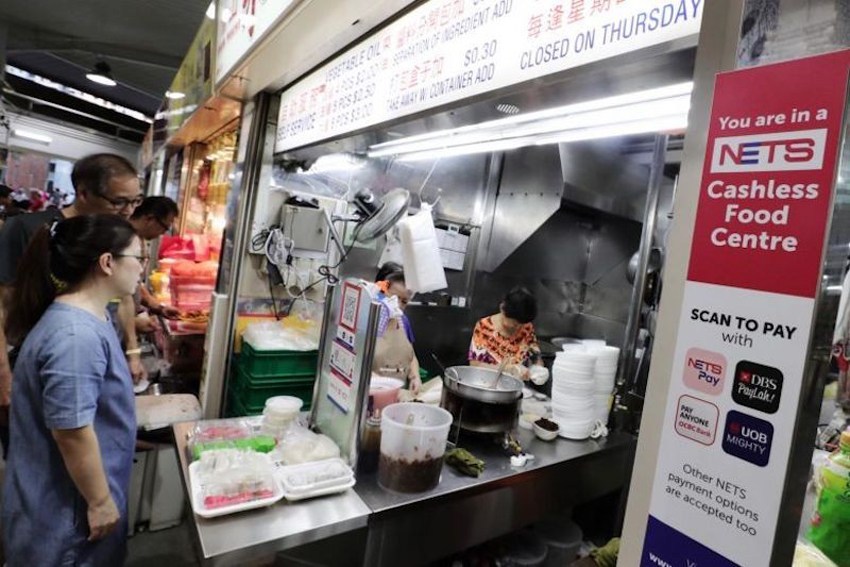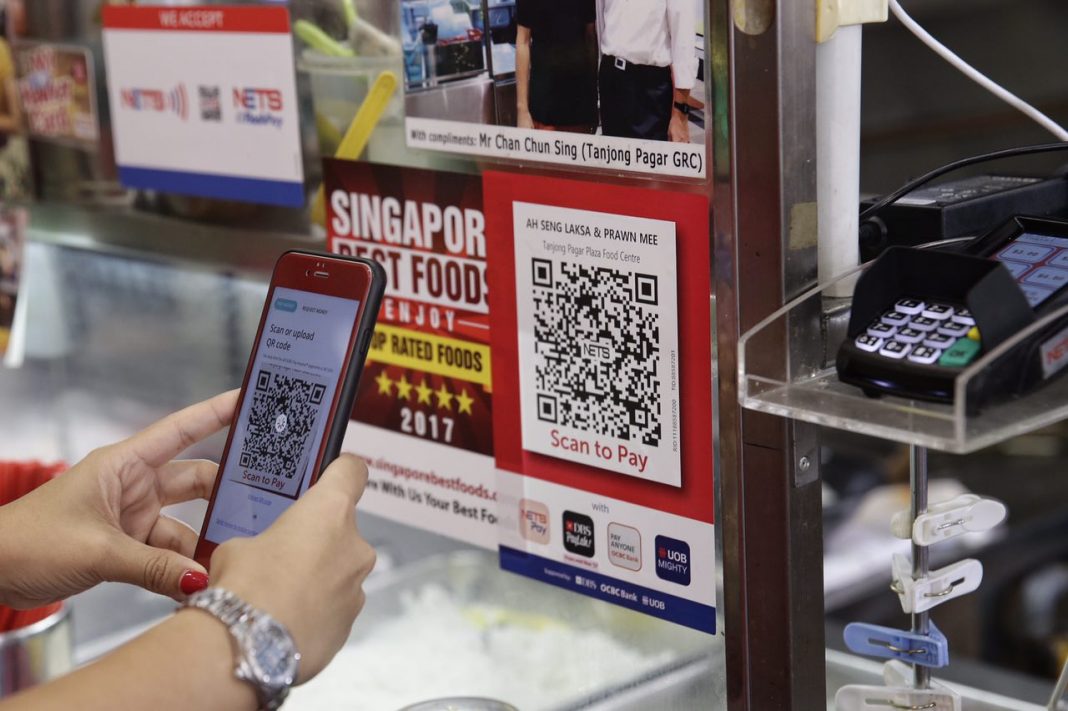
Transactions crossed the 1.2-million-mark in January with a value of $10.6 million, a new high. This is a 400-per cent increase compared to June 2020, when the Hawkers Go Digital programme was launched.
The programme aims to reach out to and encourage a total of 18,000 stallholders to adopt a unified e-payment solution by June 2021, whereby joining vendors are receiving a monthly bonus when they achieve at least 20 transactions a month.

There are also lucky draw campaigns to entice more consumers to support stallholders by using e-payment for their purchases. This campaign was first launched in November last year.
Further, e-payments service provider Nets has rolled out new features to help hawkers fight fraud connected to online and mobile transactions.

The step towards e-payment is a great cultural change for the historically informal business setup of Singapore’s hawkers. Their culture dates back to the 1800s, when early migrants sold quick, affordable meals on the streets, in town squares and parks. At the end of 2020, Singapore hawker culture was added to UNESCO’s Representative List of the Intangible Cultural Heritage of Humanity.

While the street food vendor scene was somewhat chaotic and unregulated after Singapore’s independence in 1965, many street hawkers have been relocated to residential food halls, while others were offered spaces in hawker centers near factories, the port and in the city center, which makes the scene more inclusive and, most of all, more hygienic.

According to Investvine














